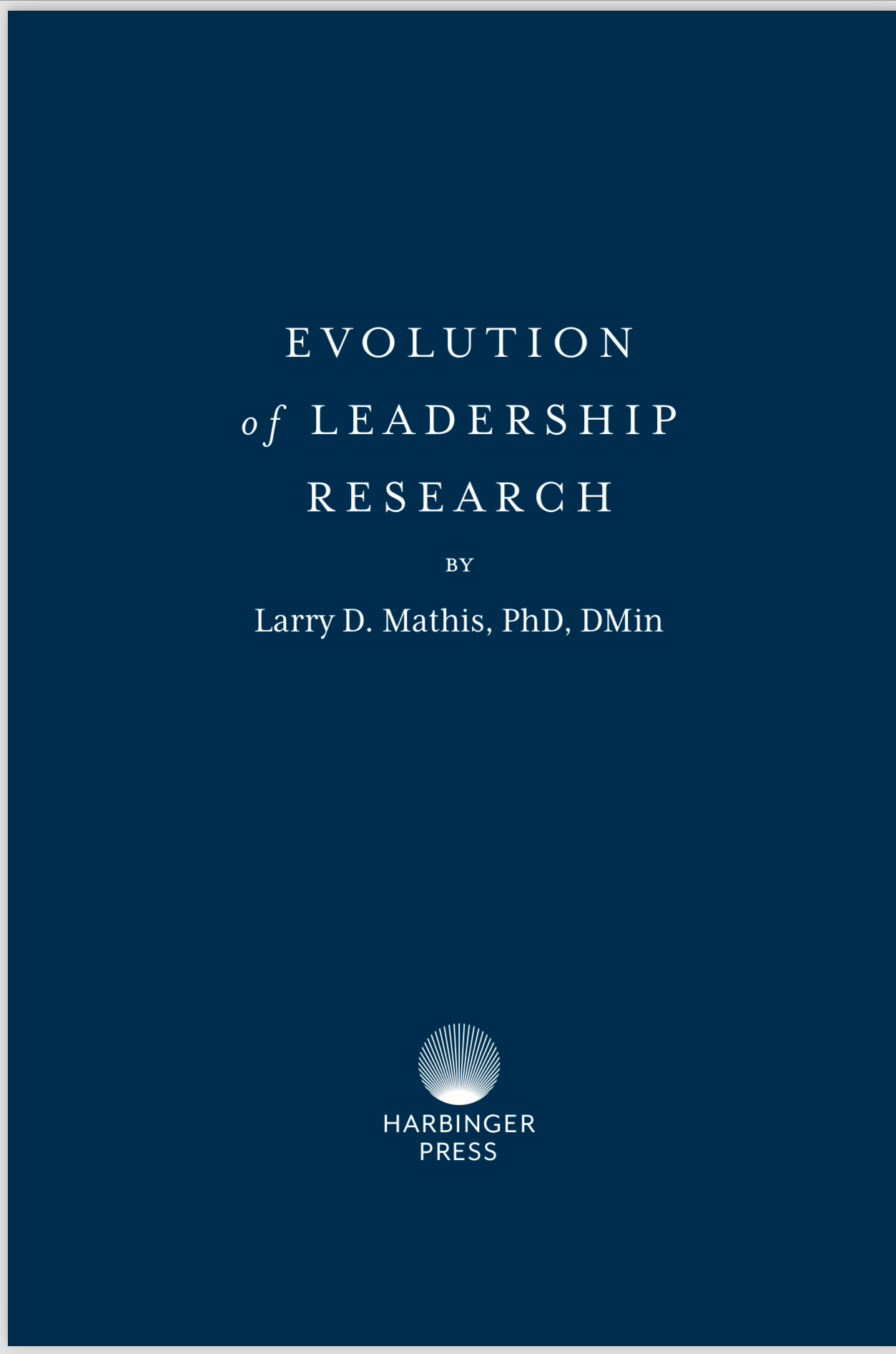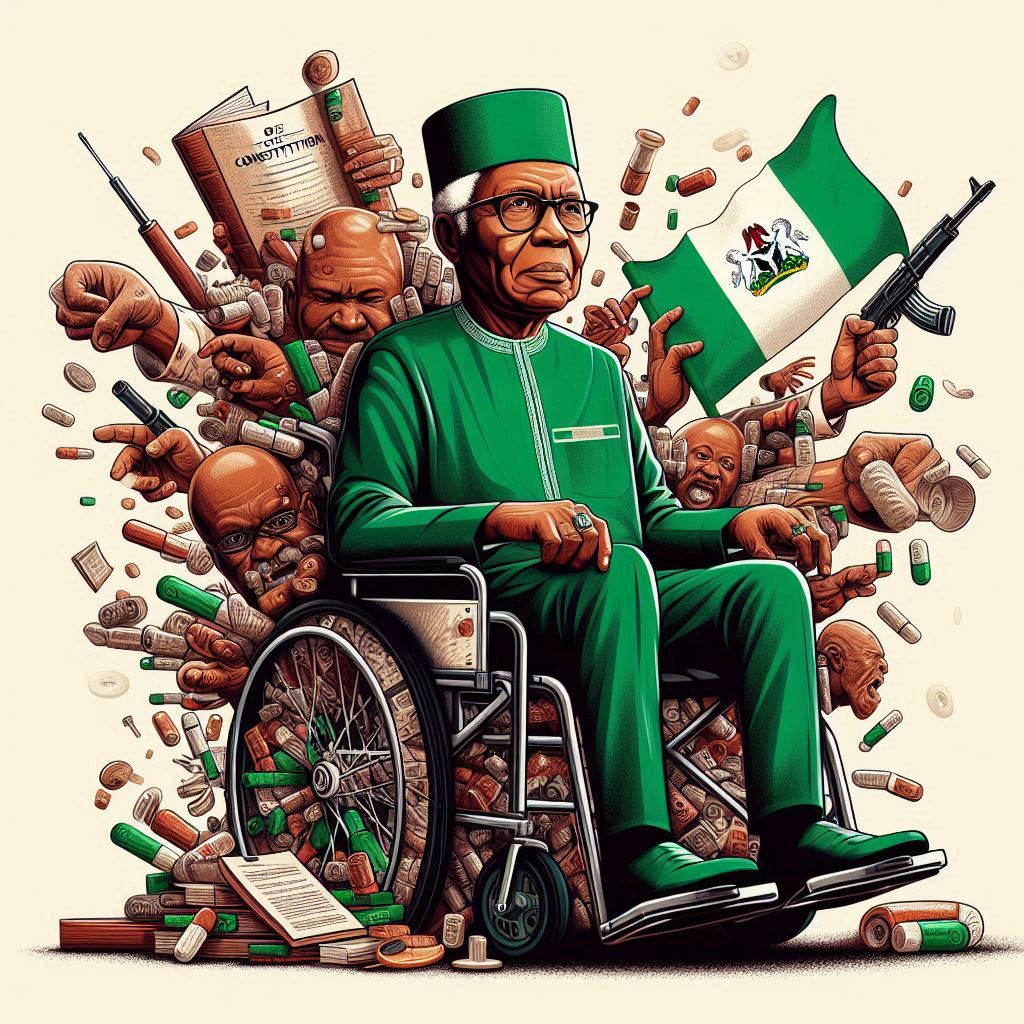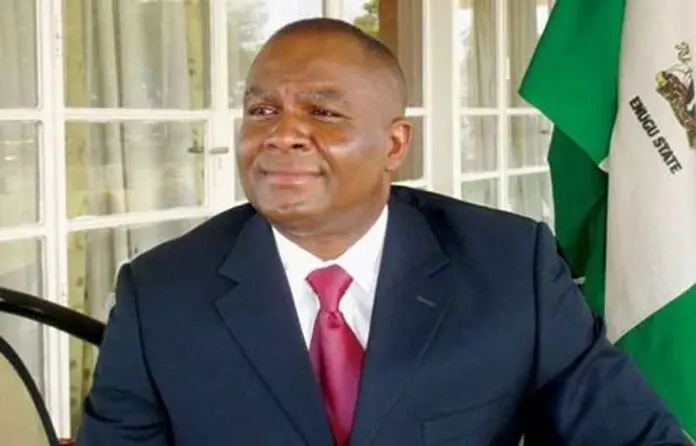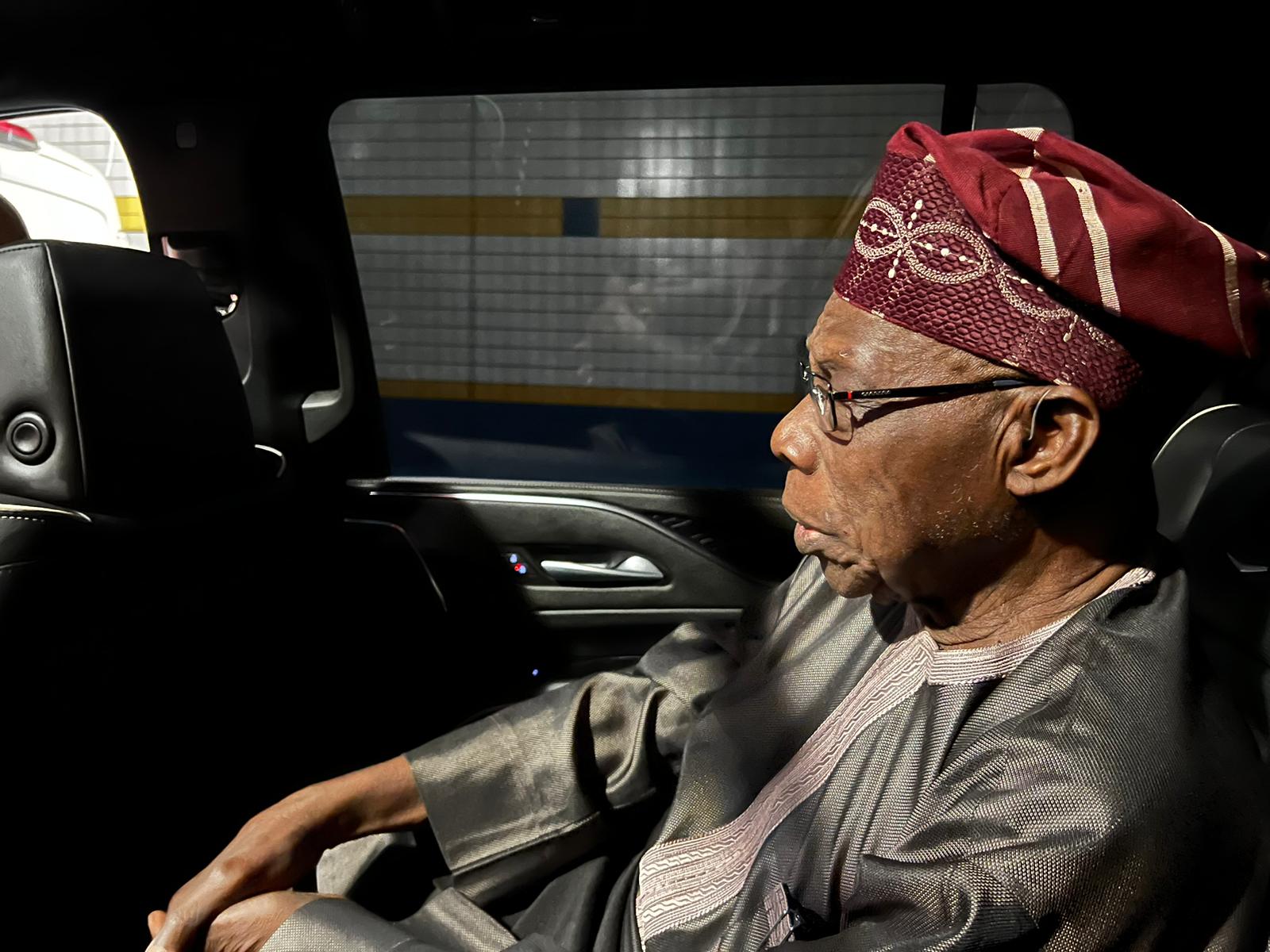
OWERRI, 1969 - PART 4
Cutting off the 16th Bde in order to kill it
The Political and strategic context
Following the fall of Port Harcourt to federal troops of the 3MCDO on May 19th, there was an urgent need for the Biafran separatist government to establish another airport through which weapons could be flown in. Thus, on the main road from Owerri to Ihiala, the long straight stretch between Mgbidi and Uli was widened to 25 meters and modified into a 2,600-meter long runway, along with a parallel taxi-way. This airstrip, capable of handling up to 30 large aircraft every night, code-named “Annabelle”, but better known as the Uli-Ihiala airport, became operational in August 1968 and would later assume a mythic stature in the story of the Nigerian Civil War (for details, see future essay on the Uli-Ihiala Airport). Meanwhile, Major General Emeka Ojukwu was exhorting Biafrans to resort to guerrilla warfare in a fight to the finish. He was quoted as saying:
“We shall all have to return to our provinces and villages. We shall turn out and harass the enemy at every turn and chase him out of our land.”
Indeed the Biafran delegation to the peace talks in Kampala walked out on May 31st, 1968. In support of Ojukwu’s position, another unnamed Biafran officer told the British journalist, John de St. Jorre,
“If you gave us the choice of 1000 rifles or milk for 50,000 starving children, we’d take the guns.”
Set against this apparent determination to continue fighting, it was through the Uli airstrip that the first large consignment of French weapons to Biafra began arriving in late August, consisting of 2000 rockets and millions of rounds of ammunition delivered serially in 20-ton aliquots of ordnance every night. This occurred shortly after Czechoslovakia, Holland, Italy, France and Belgium banned arms sales to Nigeria, hoping to force the pugilists to the peace table and prevent further fratricide. At this time, an average of 10,000 men, women and children were reportedly dying every day in Biafra, mostly from starvation. The Nordchurchaid relief airlift operation to Biafra had only just begun even as Robert Goldstein, Public Relations Representative of Biafra in the USA was resigning. He was protesting Ojukwu’s rejection of land routes through Federal and Biafran territory as a means of getting urgent relief shipments to starving civilians. Ojukwu had laid down a condition that not only would he not accept mercy land corridors for food aid (supervised by the International Red Cross, World Council of Churches etc) without a complete ceasefire, but that an airlift was the only solution to feed the starving. What Ojukwu wanted was a mechanism by which food aid could be used as a cover for weapons imports (particularly at night) without the prying eyes of the Federal Government. Hence the preference for airlifts over road haulage even if it meant blocking emergency shipments of food already waiting at Nigerian ports.
The situation in Biafra in September 1968 was, therefore, very fluid. On one hand, the French had started making good on promises to supply weapons and ammunition. But international pressure to reach an accommodation with Nigeria to protect starving civilians was continuing. At the OAU meeting that took place in Algiers on September 13th, Nigeria won a diplomatic victory when the continental body passed a pro-Nigerian resolution basically declaring its opposition to secession.
The Biafran delegation to the meeting, consisting of recognized figures like Nnamdi Azikiwe, Michael Okpara, Kenneth Dike, Francis Nwokedi and others subsequently conducted a crucial meeting with the French observer delegation from Foccart’s office. They wanted France to agree to an unrestrained military commitment to Biafra, in which enough weapons to assure victory over Nigeria, would be supplied, rather than just enough to defend the core of Biafra against Nigeria’s “Operation Tall Man”, Gowon’s final offensive of 1968. The French delegation refused, and stipulated that they would not increase the current level of commitment unless Biafra was able to independently attract additional diplomatic recognition from more African countries. It was a Catch-22 situation.
It was on this basis, therefore, that the Biafran OAU observer delegation in Algiers (except Nwokedi, who dissented) sent a cable back to Emeka Ojukwu in Biafra. They advised that in view of the recent fall of Aba and Owerri, and French ambivalence, Biafra – faced with large numbers of starving people - should negotiate a peaceful end to the crisis by responding to Nigeria’s offer of guarantees and re-integration of Igbos. Ojukwu’s reaction, however, was to accuse them all of treason and order the delegation to return home at once. This was the point at which Ojukwu parted ways with long-standing Igbo politicians like Azikiwe and Okpara. A follow-up letter sent from Paris on September 25th by Nnamdi Azikiwe to persuade Ojukwu to negotiate – in order to save lives - was also rebuffed. A few days later, on September 27th, to outflank the old political warhorse, Ojukwu convened his appointed Biafran Consultative Assembly and got a “mandate” to keep fighting.
A week earlier, on September 24, the International Military Observer Team in Nigeria (OTN) had started work, invited by Major General Gowon of Nigeria, to evaluate whether Nigerian troops were indeed committing genocide. The Team consisted of General Negga Tegegne of Ethiopia, Major Slimane Hoffman of Algeria, Colonel Alfons Olkiewicz of Poland, along with Major Generals Arthur Raab, Henry Alexander and W.A. Milroy of Sweden, UK and Canada, respectively. Brigadier Sir Bernard Fergusson later took General Alexander’s place. On October 2nd, 1968, a day after Okigwe was taken by elements of the 1st Division to coincide with Nigeria’s independence anniversary, the OTN published its first interim report.
The Biafran Army takes the Offensive
Thus armed with a fresh “mandate” to continue fighting and awash with new weapons from France, the Biafran Army began its counter-offensive. It is important, however, to note that the apparent large consignments of french weapons were not without problems. Quite often the wide variety of ammunition delivered would not match available weapons.
Nevertheless, the successful campaign to retake Oguta and Egbema oil fields, push federal troops back from Inyiogugu to Amafor on the left, and from Egbema to Ebocha bridge on the right flank of Owerri forced the 16th Brigade to deploy widely to protect its flanks. This stretched it out considerably, increasing its vulnerability.
Taking note of the caveat that Biafran ‘Brigades’ had no more than 1000 men each, the following Biafran units were deployed around the Owerri salient:
The 60 Brigade under Colonel Asoya, between Owerri-Ihiala and Owerri-Port Harcourt roads.
The 52 Brigade, under Colonel Chris Ugokwe, between the Owerri-Ihiala and Owerri-Umuahia roads.
The Third Brigade of Colonel Ogbugo Kalu’s 14 Division, between the Owerri-Ihiala and Owerri-Umuahia roads.
The 63 Brigade under Colonel Lambert Ihenacho, between the Owerri-Umuahia road and the Imo River.
The 68 Battalion detachment from the “S” Division, under Major Ikeji, flexibly based at Emekuku, near Owerri in support of 14 Division.
According to former Biafran Army Commander, Major General Madiebo,
“The task of surrounding Owerri and gradually destroying the enemy inside it was going to be a gigantic one and would take a very long time, considering the fact that ammunition supply to the troops was normally small and most irregular. For that reason, the whole operation was divided into three major phases.
The aim of the first phase was to box in the enemy on all sides as much as possible into Owerri town and sever all his routes to the rear except for the Owerri-Port Harcourt main road. It was necessary to leave that major line of communication open for the enemy, otherwise, we would scare him too soon, and compel him to take necessary precautions before we were fully prepared to deal the final blow. For that phase, 52 Brigade was to push the enemy back in all its areas of responsibility to within one mile from Owerri. Its special tasks during that phase were to clear Egbu, Orji and Orogwe. 60 Brigade was to clear all areas right of Port Harcourt-Owerri road and then maintain a strong defensive line all along the side of that road from Irete on their left to Umuakpu on their right. In addition, the Brigade was to deny the enemy the use of Elele-Umudiogu-Ubimi road, thereafter. The 68 Battalion of “S” Division had the task of moving through the left flank of 63 Brigade to clear all areas held by the enemy on the left side of Port Harcourt-Owerri road between Naze and Umuakpu. The 63 Brigade was to remain in its defensive positions but prepared to provide reinforcements for places where they were needed for exploring success.
On the successful completion of the first phase, we expected to see the enemy concentrate heavily inside Owerri town, and thereafter having as his only link to the rear the main Port Harcourt road. On our side, we expected to find our troops who were widely dispersed in defensive locations, better concentrated and in a position to operate more effectively. If and when that happened, it would then be the signal for the beginning of the second phase of the operation.
In the second phase, the sole aim was to move swiftly in strength with all that was available and seize the Port Harcourt road between Avu and Umuakpu, and thus seal off Owerri. During that phase 60 Brigade was to move to take Obinze and Avu and link up both towns and exploit southwards to Mgbirichi where they would join up with 68 Battalion elements. The 68 Battalion itself was expected to seize the thinly defended towns of Umuakpu and Umuagwo and, having linked them up, was to move northwards to Mgbirichi to make contact with 60 Brigade. It was clearly obvious that if the second phase was successful the reaction of the enemy inside Owerri would be very violent indeed. For that reason, the task of 52 Brigade during that phase was merely to prepare troops to beat back enemy counterattacks both in 60 Brigade and 68 Battalion areas.
The third and final phase of the operation was to descend on the encircled enemy inside Owerri and destroy him while preventing him from breaking through southwards. For the final phase, the 60 Brigade was to clear the right half of the town up to the clock tower. The 52 Brigade was to tackle the left side of the town while the 68 Battalion was to defend the Port Harcourt-Owerri road and flanks right and left of it.”
TO BE CONTINUED
RETURN

Review of “Evolution of Leadership Research by Larry D. Mathis, PhD, DMin “ The book was first brought to my attention by Shawn Mathis, Ph. D...

This article was first published on November 12, 2024, on https://constitutionaldiscourse.com/a-game-for-the-throne-the-nigerian-constitution-and-the-...

Civil Society and Social Movements: The Role of Activism and Radical Politics in Deepening Democracy in AfricaByOtive Igbuzor, PhDFounding Executive D...

Chimaroke Nnamani: Progenitor of Ebeano politics at 64By Paul MumehChimaroke-Nnamani2.jpg 88.87 KBHate or love him, Senator Chimaroke Nnamani; fo...

Background To The Recent Nigerian ElectionsGeneral Obasanjo more than just a "friend" of the AmericansElizabeth Liagin is an independent journalist wh...